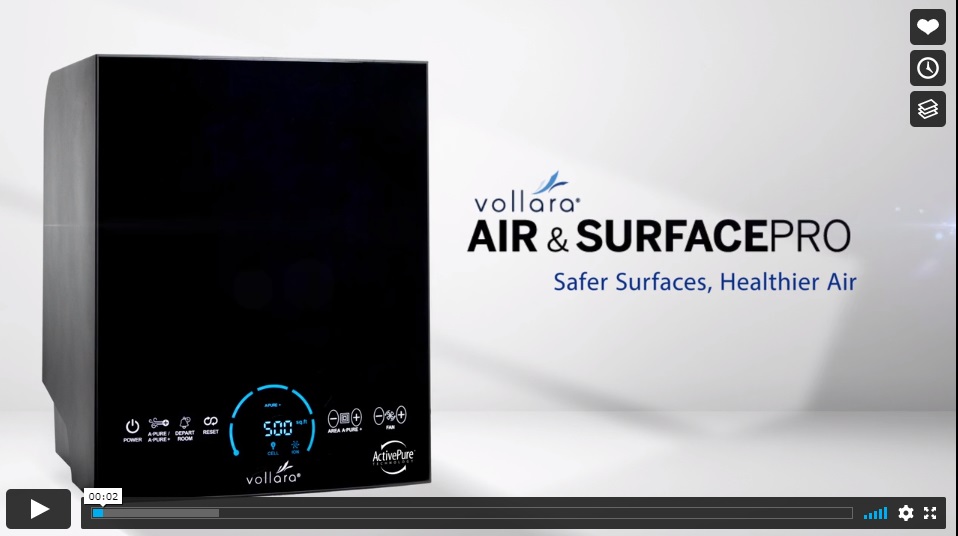Coronavirus News
Coronavirus Science shows face masks can help control coronavirus spread
Scientific evidence shows face masks can help to control the spread of the novel coronavirus, but the nuances and changes in messaging about their use are complicating public health efforts.Why it matters: COVID-19 cases are rising in many parts of the U.S., but politics, distrust in public health advice and science are coming to a…

Coronavirus
Scientific evidence shows face masks can help to control the spread of the novel coronavirus, but the nuances and changes in messaging about their use are complicating public health efforts.
Why it matters: COVID-19 cases are rising in many parts of the U.S., but politics, distrust in public health advice and science are coming to a head over face masks.
The latest: The Centers for Disease Control and Prevention will reportedly update its recommendations on masks again after studying whether they help to protect people from the virus.
- Early on in this pandemic, when highly protective N95 masks were in short supply, public health officials in the U.S. said the public did not need to wear masks.
- Their recommendation changed as it became clear that people without symptoms — or who aren’t showing them yet — can spread the virus and that even basic cloth face coverings combined with social distance measures may slow transmission.
Between the lines: The mask messaging mishap reflects a “lack of confidence in the public’s ability to process nuances and act responsibly, so that rather than be transparent about the limited protection offered by masks and the risks of supply problems, officials and journalists told the public they were useless,” David Wallace-Wells writes in New York magazine.
What’s known: Wearing face masks “could result in a large reduction in risk of infection,” according to a recent review of 172 studies looking at the effectiveness of masks in reducing the spread of SARS-CoV-2 and other coronaviruses.
- Mandating of masks in 15 states plus D.C. may have helped to avert at least 230,000 cases of COVID-19 by May 22, according to a study published in Health Affairs last week. (The study measured the effect of the policies, not mask use directly.)
- And countries that adopted widespread mask wearing sooner had significantly lower death rates and shorter outbreaks, according to another new study.
Where it stands: The WHO and the CDC recommend mask use in health care settings, if you or someone you live with is sick, and where social distancing is difficult (for example, in stores or on public transit).
- N95: These masks, which block 95% of small particles (0.3 microns or larger) when properly fitted, protect the person wearing it and those around them. But there are ongoing shortages of N95 masks and the CDC says they should still be reserved for health care workers. N95 masks with exhaust valves protect the wearer but should not be used around individuals who are at higher risk for COVID-19 because unfiltered is released.
- KN95: These masks are similar to N95 ones but are produced in China under the country’s standards. The FDA shortened their list of approved KN95 manufacturers after some were found to be faulty. Unlike N95 masks, KN95 masks are not fitted and droplets may be released from the sides.
- Surgical masks: They’re meant to stop large droplets of saliva coming from the person wearing the mask but about 75% of droplets may be blocked from entering, too.
- Cloth masks: The many configurations of cloth masks may block 30–60% of particles, according to the same preprint study that assessed surgical masks. (The authors found adding a layer of nylon stocking increased the efficiency by 15–50%.)
- The WHO recommends a mask with three layers — an absorbent cotton inside, a filter and a nonabsorbent outer layer.
“Cloth masks protect everyone around you, first and foremost,” says Werner Bischoff, a professor of infectious diseases at Wake Forest University School of Medicine. “They can filter out some of the viruses you breathe but that is not what they are there for.
The epidemiology of how SARS-CoV-2 spreads inside a community points more to the virus being transmitted by large droplets that don’t travel far, says Bischoff. “Those large droplets get caught in material very easily.”
- Yes, but: The virus can be detected more than 6 feet away from someone who is infected, and there is some evidence it is still viable and infectious. But it is unclear how much of the virus someone has to be exposed to — and for how long — to be infected.
“In an ideal world, N95 masks should be what everyone is having, for when they are exposing other people and for when they are exposed to other people, so this way you will prevent both infecting others and being infected,” says Sangwei Lu, an adjunct professor of infectious diseases and vaccinology at University of California, Berkeley’s School of Public Health.
- But Lu says she encourages people to wear whatever masks they can find.
- Even if wearing a cloth mask reduces transmission by 10%, that percentage of 2 million cases ends up being a large number, Lu points out.
The big picture: Masks aren’t the pandemic silver bullet. Social distancing and shutdown policies are also key. By one estimate, such policies prevented or delayed about 530 million infections across China, South Korea, Iran, Italy, France and the U.S.
- A study published last week in PNAS that claimed masks alone — not social distancing and other measures — are the most effective way to reduce the virus transmission is facing calls to be retracted.
The bottom line: The changes in mask recommendations have fueled distrust in public health experts as evidence grows of their effectiveness in fighting the coronavirus.
- “The most potent weapons in the public arsenal against the pandemic all require buy-in from the public, and this muddled and erratic messaging has already undermined the trust on which such buy-in is transacted,” Wallace-Wells writes.
Editor’s note: This story has been updated to include more information about N95 masks with exhaust valves and KN95 masks.

Subscribe to the newsletter news
We hate SPAM and promise to keep your email address safe



















